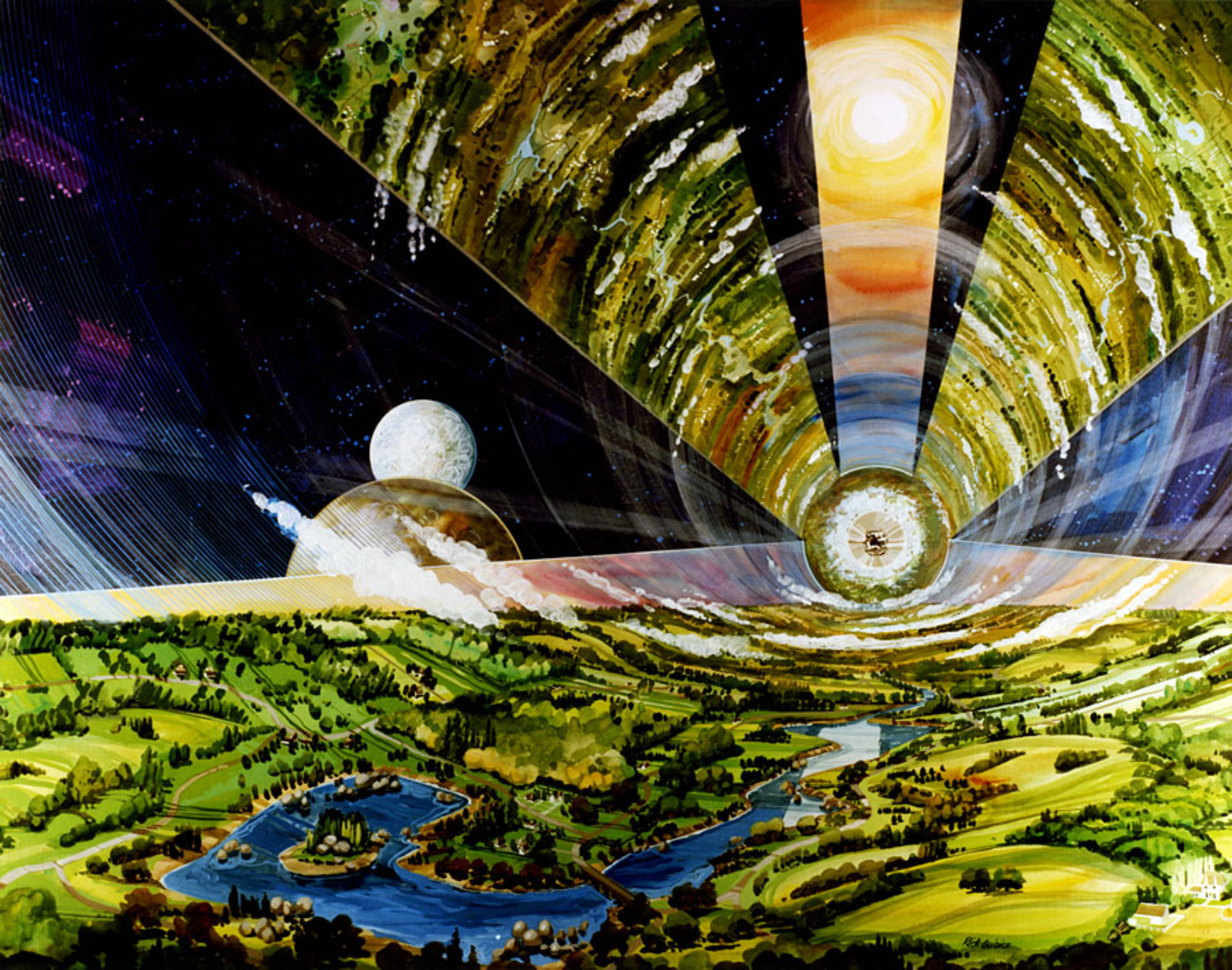
When humanity eventually moves out into the galaxy to settle new worlds, we will need to take stock of potentially habitable planets capable of sustaining life as we know it to identify potential new homes. The James Webb Space Telescope will have the capability to search for exoplanets in the habitable zones of stars in our local neighborhood by using spectroscopy to reveal biosignatures in the planet’s atmosphere as starlight filters through it when transiting across the disk of the host star. But to discern more detail on the surfaces of these distant new Earths, much more powerful methods for imaging will be needed.
One such method could be to utilize a solar gravitational lens (SGL), a property arising from the Theory of Relativity where large gravitating masses bend light resulting in the possibility of a natural telescope capable of very powerful magnification and significant angular resolution. This would require placing a detector beyond 550 astronomical units from the sun. Such an instrument could potentially resolve the size and shape of continents adjacent to oceans on exoplanets orbiting TRAPPIST-1 or other nearby stars. Located 40 light years away, this star is an ultra-cool red dwarf with seven rocky planets, three of which are in the habitable zone where liquid water can exist.
But getting out to this distance with conventional rockets would take over a hundred years. Voyager 1 is currently over 150 AU from the sun and was launched back in 1977. Enter the Wind Rider plasma magnet drive. A pathfinder mission using this concept to demonstrate the technology of a mission out to the SGL to image planets in the TRAPPIST-1 system will be presented by Brent Feeze, an AIAA mechanical engineer, in a poster session at the American Geophysical Union meeting this month. Calculations show that a spacecraft using this drive could sprint to the SGL focal plane in about eight years. The Wind Rider was also described recently by Alex Tolley on Centauri Dreams.
Originally conceived by John Slough at the University of Washington under a NASA NIAC grant from 2004 – 2005, the system is a propellentless drive that works by creating a rotating magnetic field that traps the charged particles in the solar wind to create a large circular electric current, inducing a large scale magnetosphere. Thrust is imparted to the craft via magnetic fields, analogous to the coupling induced in an electric motor. Unlike a solar sail, the trajectory of the craft is a straight line out from the sun toward its destination, with no gravity assists from other planets and a rapid acceleration to a velocity approaching that of the solar wing (400 km/s).
Jeff Greason, Board Chairman of the Tau Zero Foundation covered the technology during a presentation at the Tennessee Valley Interstellar Workshop back in 2017. He called it a “Ridiculously high thrust to weight magnetic sail” that by chemical propulsion standards is “blindingly fast”. Greason was looking into how Tau Zero could help support a small technology demonstrator on a ride share launch but it would have to be on payloads headed out toward cislunar space to be free of the Earth’s magnetosphere which deflects the solar wind.
Alex Tolley: “If it works as advertised, it would open up the solar system to exploration by fast, cheap robotic probes and eventually crewed ships.”
To be able to image a potentially new world for interstellar settlement is an exciting technology. The hardware required is not expensive and the scientific payoff of such a mission would be valuable from an astrophysical perspective. However, what we already know about the TRAPPIST-1 system is that life as we know it would have a tough time getting started and persisting because these worlds are bathed in intense ultraviolet radiation as they orbit within a range of about 3 – 6 million kilometers from TRAPPIST-1. That said, a pathfinder mission of a Wave Rider to send imaging equipment to the SGL could help prove the technology for rapid transit to the outer solar system as well as validating imaging techniques which could be used on more promising exoplanet candidates for eventual settlement. And expanding our knowledge of planetary systems in the galaxy would be icing on the cake.

